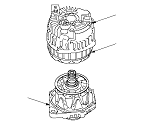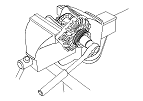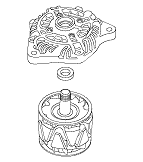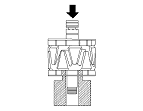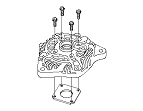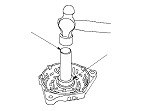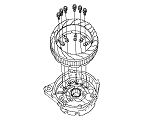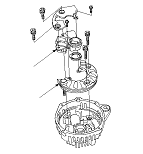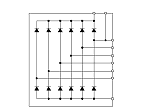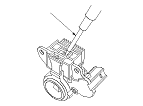Alternator Overhaul
|
Exploded View
Special Tools Required
Driver handle, 15 x 135L
07749-0010000
Bearing driver attachment, 42 x 47 mm
07746-0010300
NOTE: Refer to the Exploded View as needed during this procedure.
Alternator Disassembly
|
|
|
|
|
|
|
|
|
|
|
|
|
|
|
Alternator Brush Inspection
|
|||||||
|
|
Rotor Slip Ring Test
|
|
Stator Test
|
|
|



